The methods of controlling gray balance mainly include gray balance curve, gray ladder, gray balance test chart and G7 process. Next, we will introduce the comparison of gray balance curve, gray ladder, gray balance test table and G7 process control gray balance.
The most common method for judging the gray balance is to print the gray scale, that is, print the gray scale with yellow, magenta, cyan, and black ink next to the printed matter. The gray scale is used to control the tone reproduction and printing characteristics of the color image. And adjustment, any factors that affect the neutral gray reproduction will affect the tone reproduction of the color image. Therefore, in order to achieve the perfect reproduction of colors, the dot area ratio of the three primary inks must be changed according to the actual characteristics of the ink during printing, so that the three primary inks display the correct gray of different brightness after overprinting, and realize the gray that is essential for color reproduction balance.
During the printing process, the gray balance can be controlled by the gray balance test table and the three-color gray scale measurement and control strip. Three-color gray scale measurement and control strip, which is printed by putting together the neutral gray of cyan, magenta or yellow ink (50C, 39M, 39Y) and the neutral gray measurement and control strip obtained by printing with only black ink (50K). The three-color gray scale measurement and control strip uses the neutral gray obtained by printing with only black ink (50K) as the basis for visual comparison to quickly and intuitively evaluate the gray balance effect of digital printing, and then make corresponding responses based on the gray balance effect of digital printing. Adjustment. Observe the quick and intuitive observation through the three-color gray scale measurement and control strip before using the gray balance test table. The colorimeter is usually selected during the test, and the judgment basis for different levels of gray adjustment is (the values ​​of a and b are closest to zero). The data of different levels of gray adjustment obtained through measurement is compared with the standard data of different levels of gray adjustment, so as to obtain the current digital printing gray balance effect.
The above method is the method for controlling the gray balance in the traditional printing process, and the gray scale is the most commonly used control method in the production process.
The main method of the G7 process is to measure and control the neutral gray balance on the printed sheet through a spectrophotometer, and use a new NPDC curve (Neutral Print Density Curve) to match the visual effect of the image. Where G represents the gray value to be corrected, 7 represents 7 basic colors defined in the ISO12647-2 printing standard: cyan, magenta, yellow, black, red, green, and blue.
The difference between G7 and ISO12647-2 mainly lies in: in terms of tone control, G7 pays special attention to the realization of gray balance, which takes gray balance as the cornerstone of printing color reproduction, and obtains the printing system according to the neutral gray density curve or The adjustment data of the proofing system; ISO12647-2 does not involve gray balance, but only controls the tone by expanding the dot. In this sense, according to the G7 method, it is easier to obtain color consistency.
Compared with the traditional printing process, the main difference between the G7 process and the traditional printing process is that the copy of the original color focuses on the bright and middle tone of the image, and through the control of the gray balance (mainly on the bright tone range HR, bright tone contrast HC and dark tone The Lab value of the contrast SC3 parameter is controlled) to achieve, while the traditional printing process takes the field density and dot expansion as the main control objects.
At present, the G7 process has begun to be recognized and promoted globally. GRACoL and SWOP (Rotary Offset Printing Standards) and SNAP (Newspaper Printing Standards) may be included in the ISO12647-2 international standard. Once G7 becomes an international standard, print buyers in the United States and internationally will use the G7 standard as the qualification criterion for selecting print suppliers. Therefore, the research and implementation of the G7 process by printing companies will definitely become the future development direction.
3-Step Knife Sharpening System: With our incredible 3-slot system, we`re revolutionizing the art of knife sharpening! The 1st diamond sharpening rod repairs and straightens damaged blades before the 2nd slot sharpens to restore its V-shape. Finally, the 3rd slot fine tunes for a clean polish.
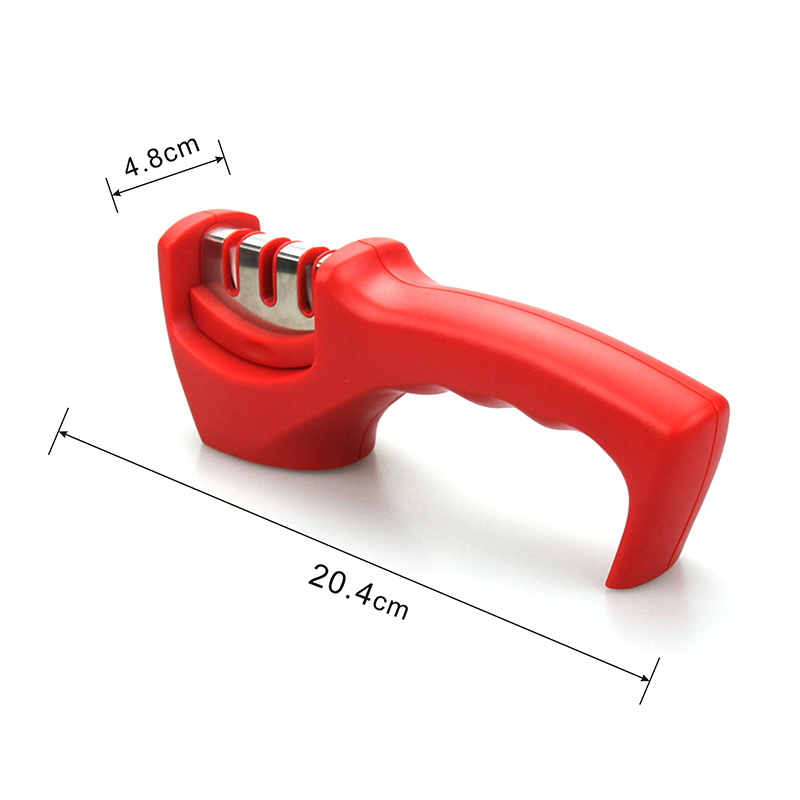
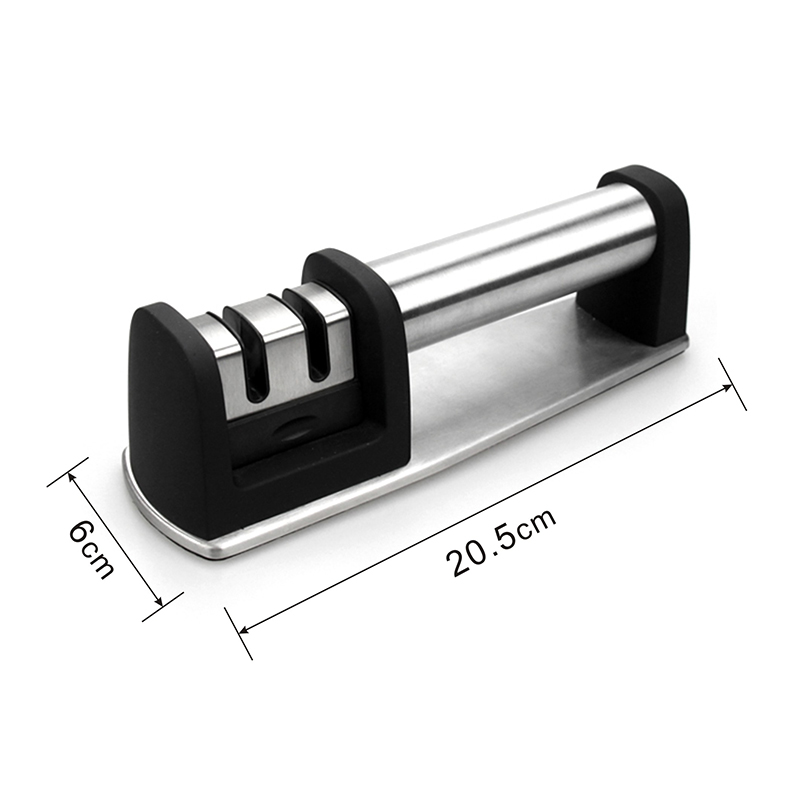
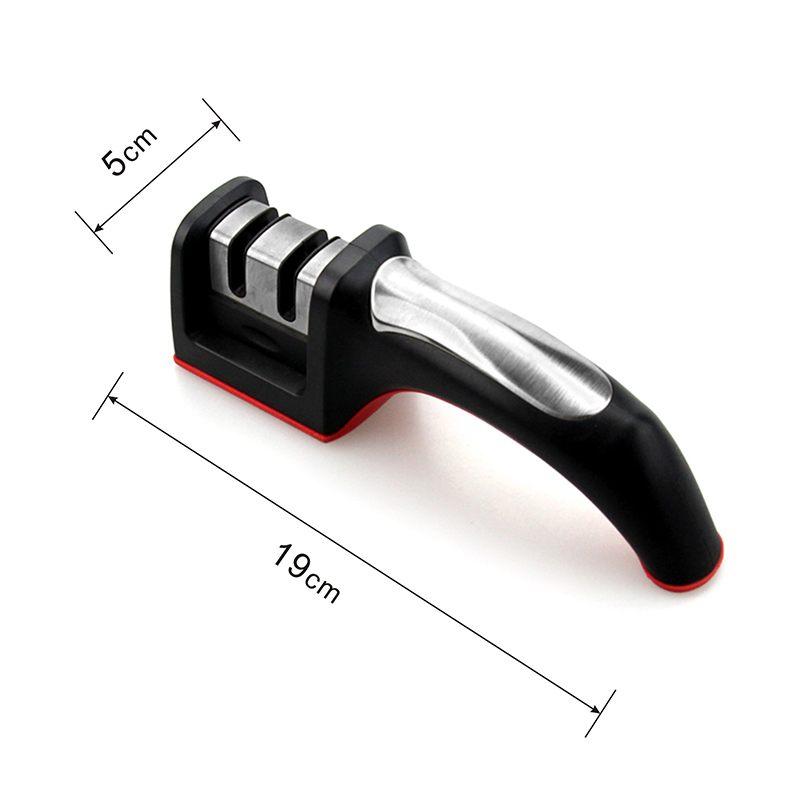
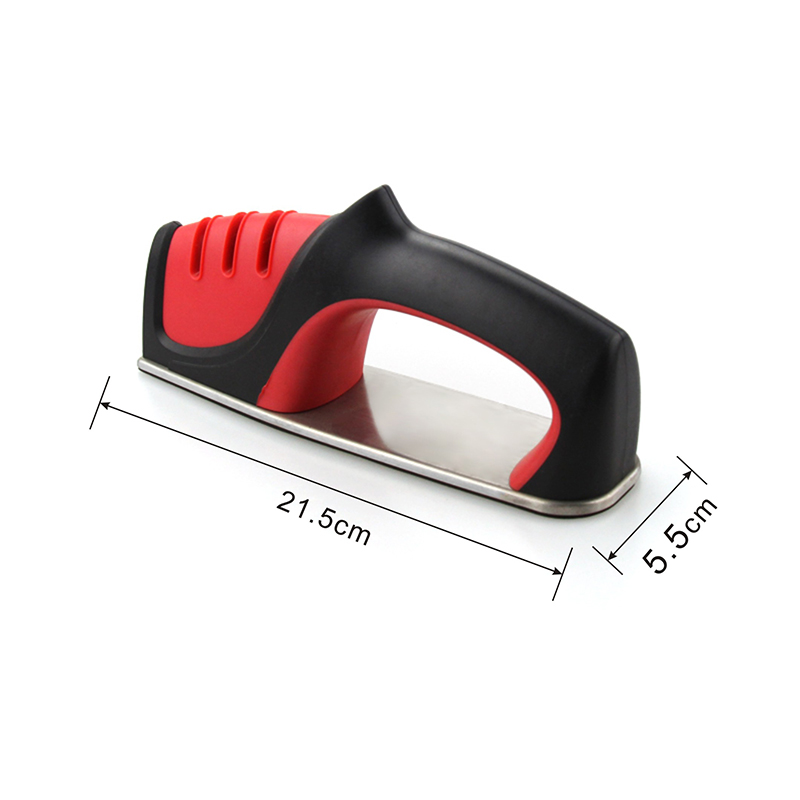
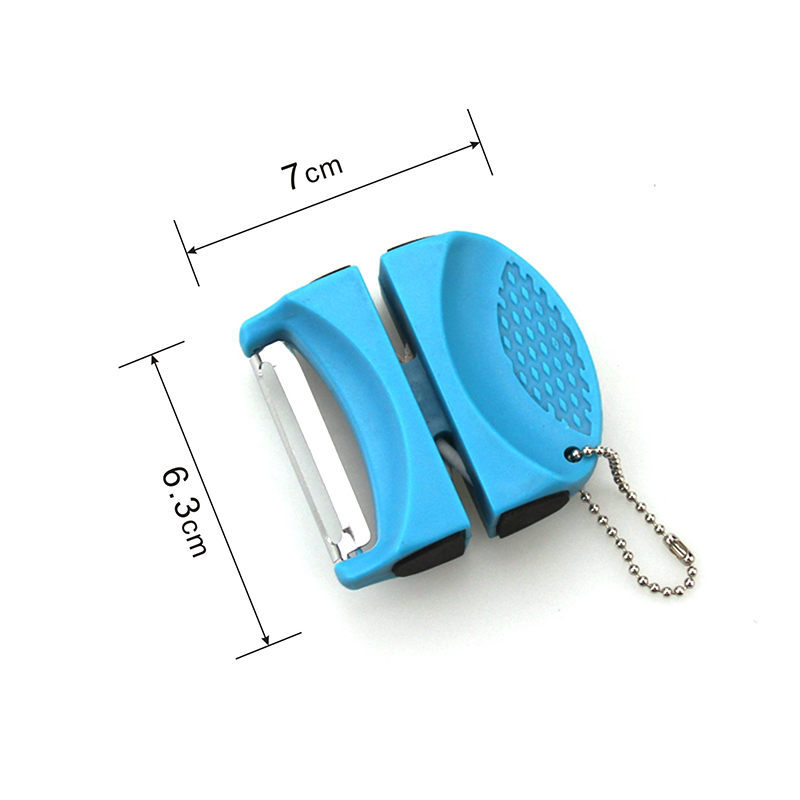
Knife Sharpener
Knife Sharpener,Hand Held Sharpener,Steel Knife Sharpener,Ceramic Knife Sharpener
YANGJIANG TOALLWIN TRADING CO., LTD , https://www.kitchenknife.de